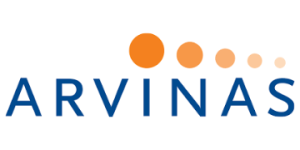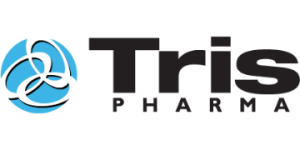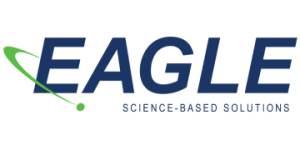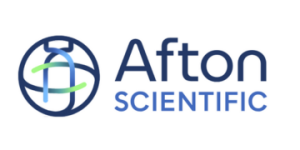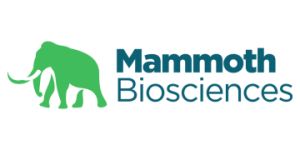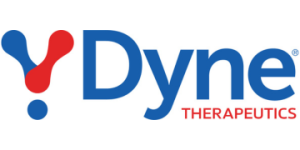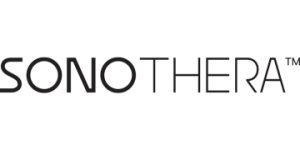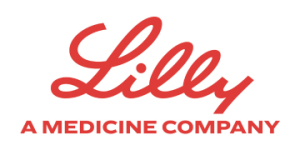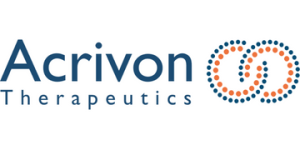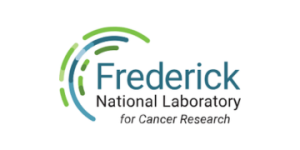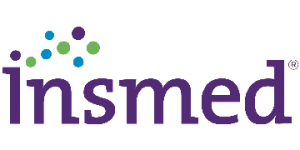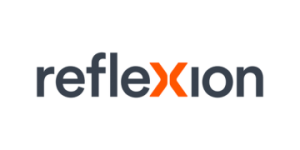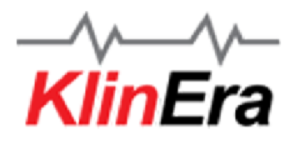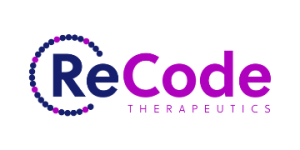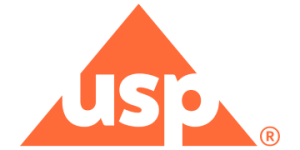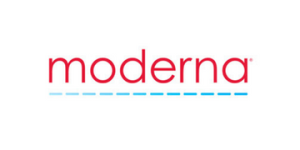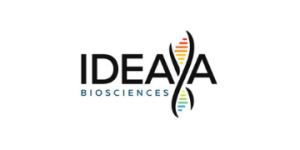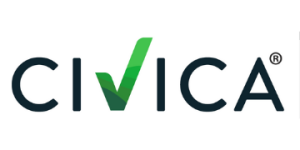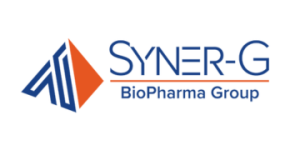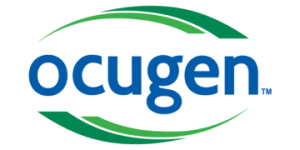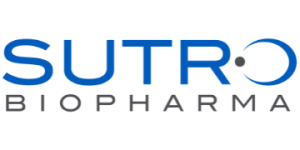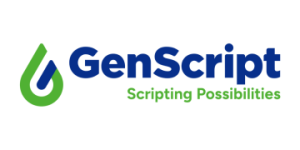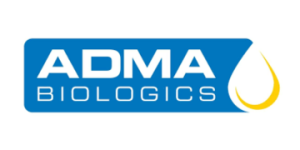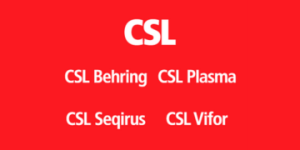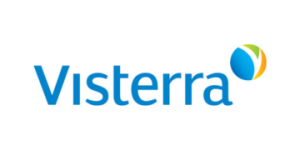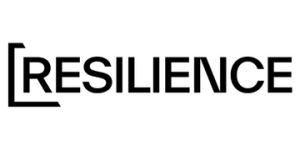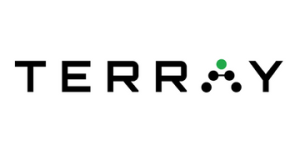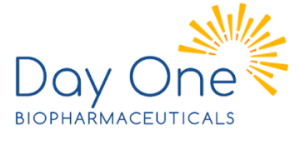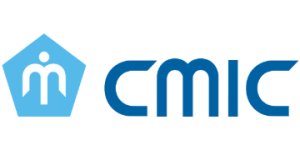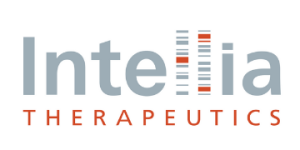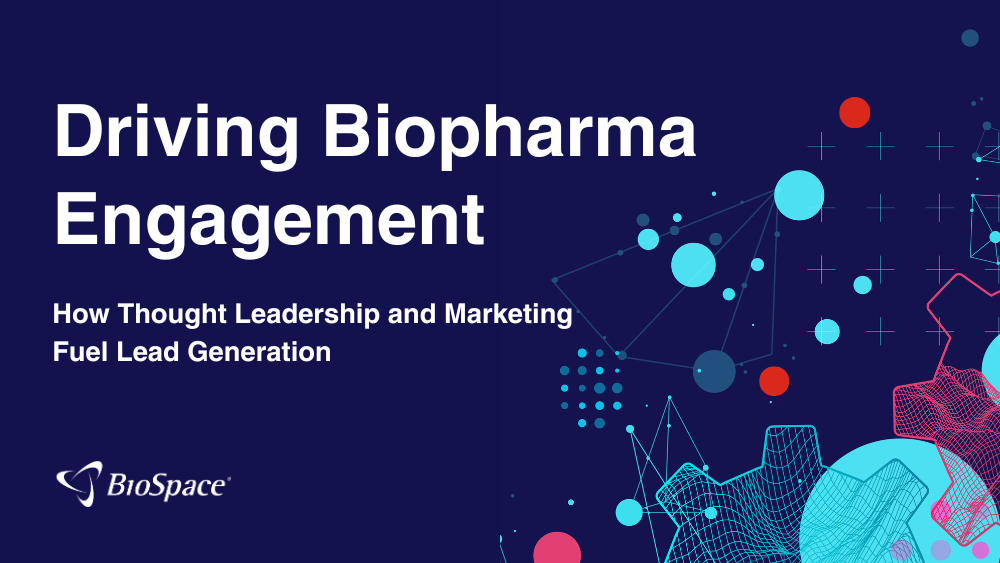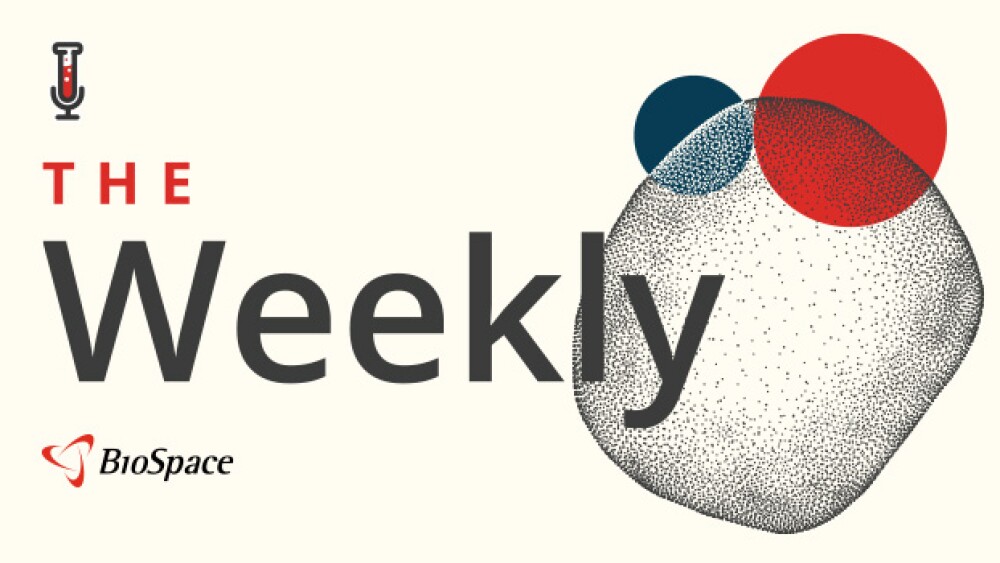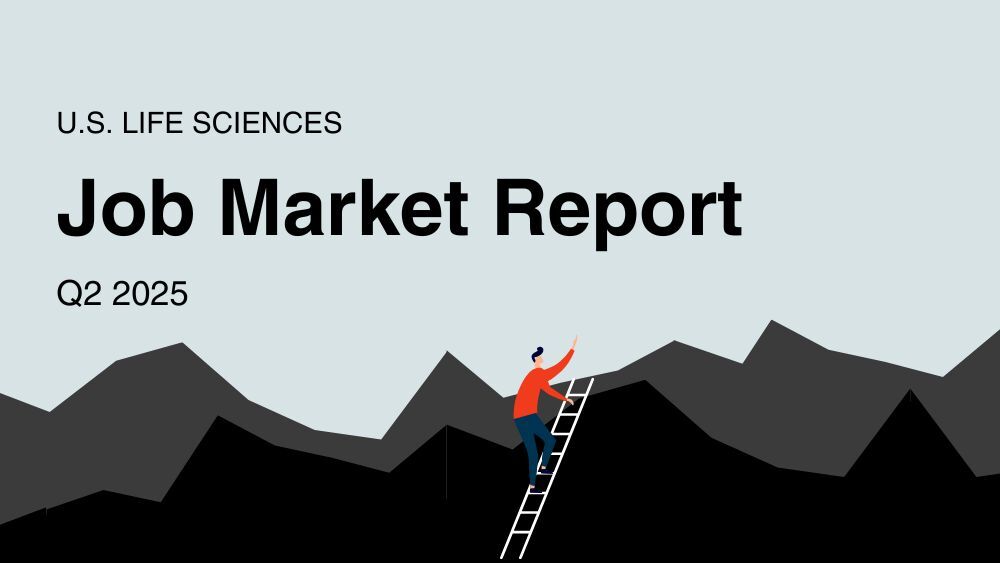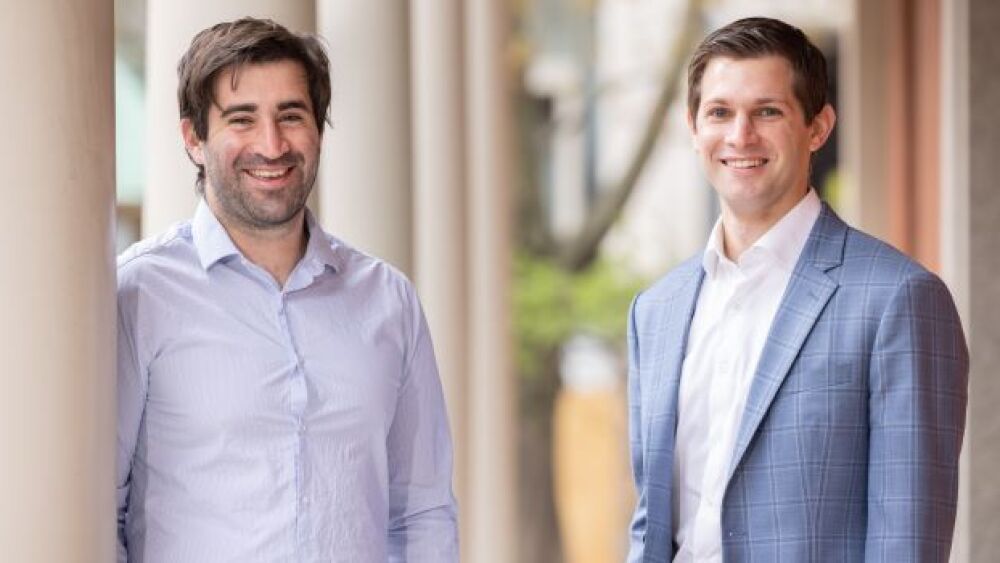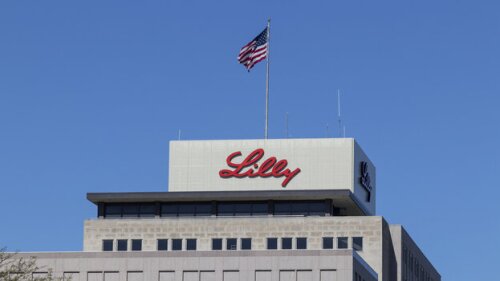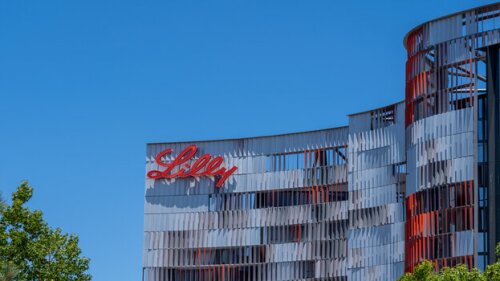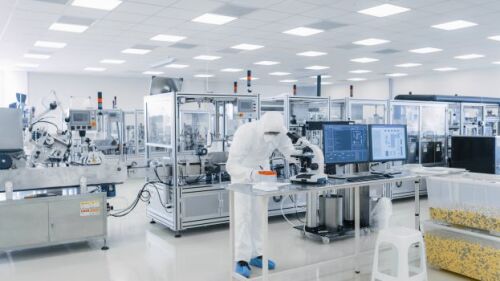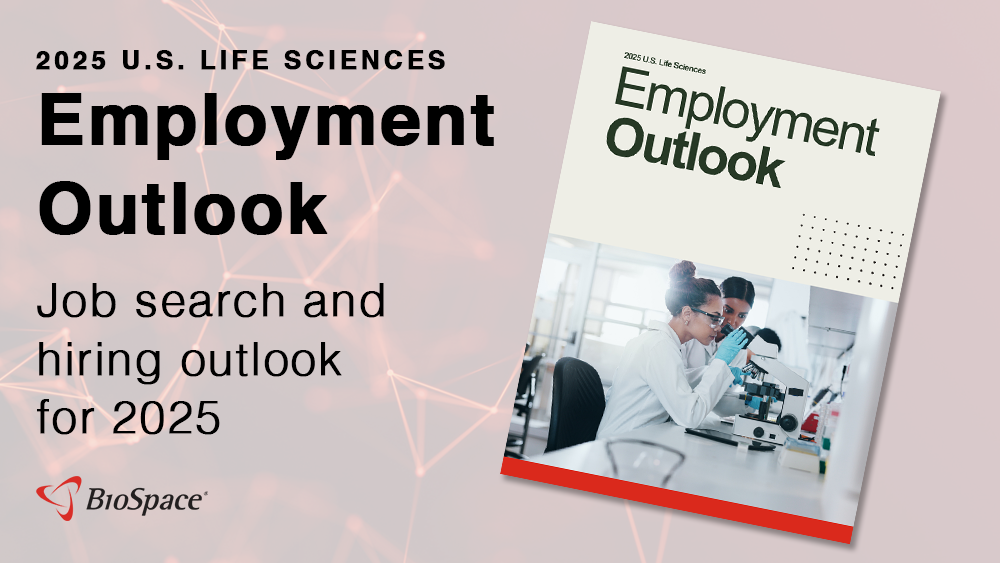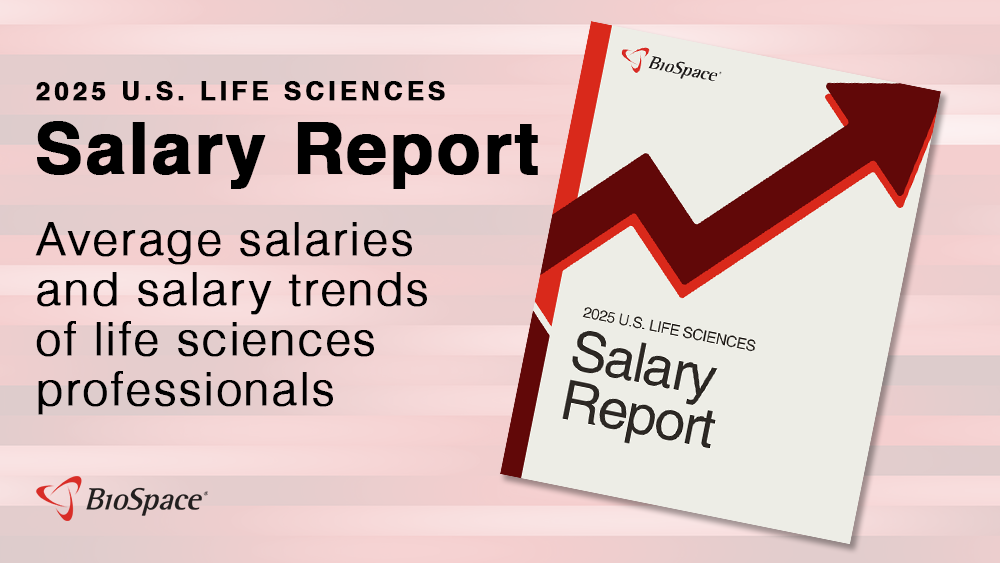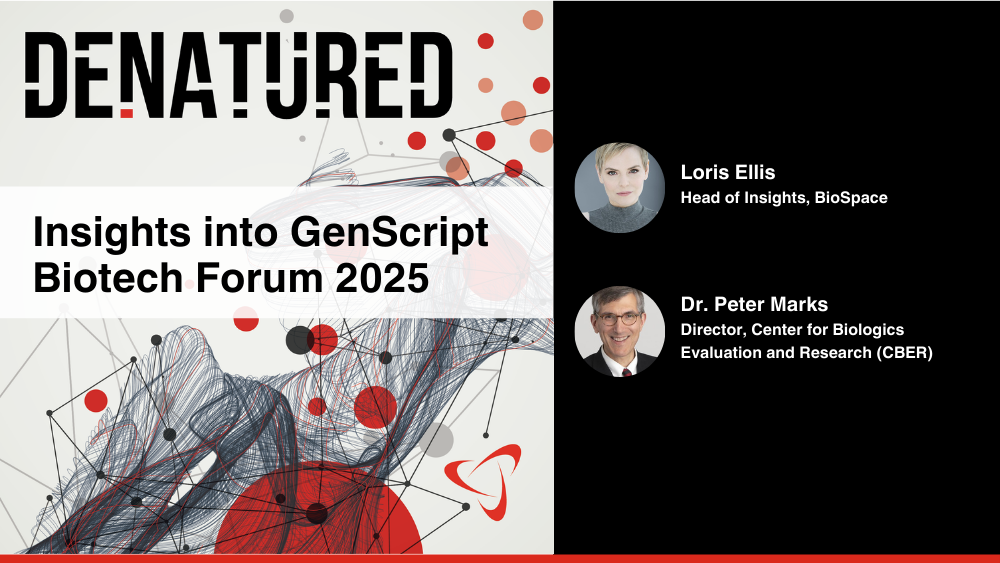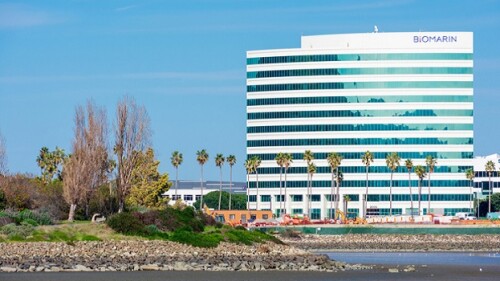As an office of the executive branch, the Department of Health and Human Services “does not have the authority” to implement sweeping changes to the structure of the agency as created by Congress, a judge wrote.
Kennedy wants to expand the injury compensation program to include COVID-19 vaccines, while also stretching the “statute of limitations” to more than three years.
The safety update for Vyvgart rattled argenx’s shares on Monday, a reaction that analysts at William Blair said was “overdone.”
California’s life sciences manufacturing jobs dipped 3.7% in 2024, according to a new Biocom California report. Still, several companies made—and continuing making—significant manufacturing investments in the state as key trends shape the discipline.
The high court sides with HHS on HIV PrEP drugs; Health Secretary RFK Jr.’s newly appointed CDC vaccine advisors discuss thimerosal in flu vaccines, skip vote on Moderna’s mRNA-based RSV vaccine; FDA removes CAR T guardrails; AbbVie snaps up Capstan for $1.2B to end first half; and psychedelics take off again with data from Compass and Beckley.
In this episode presented by IQVIA, BioSpace’s head of insights Lori Ellis discusses the FDA’s first draft guidance for AI in drug development, published in January 2025, with Archana Hegde, senior director, pv systems and innovations at IQVIA.
FEATURED STORIES
While investors and analysts push for a deal, Biogen CEO Chris Viehbacher and Head of Development Priya Singhal refuse to make one out of desperation.
Amidst a “renaissance” of interest in neuropsychiatry, Seaport’s executive team is taking nothing for granted.
BioSpace recaps 2024’s top venture capital rounds in biopharma, from Xaira Therapeutics’ blockbuster $1B raise to back-to-back series from obesity-focused Metsera that totaled more than $500M in a space that has garnered more than a fivefold increase in VC dollars this year.
J.P. Morgan kicked off with a flurry of deals, with Eli Lilly, GSK and Gilead all announcing deals potentially worth more than $1 billion while J&J committed $14.6 billion to buy Intra-Cellular. These moves have reinvigorated sentiment across the biopharma industry.
An FDA committee’s September 2024 vote to limit the use of Merck’s Keytruda and BMS’ Opdivo in stomach and esophageal cancers based on PD-L1 expression levels reflects an emerging trend that leverages ever-maturing datasets.
Among the 55 novel drugs that crossed the regulatory finish line last year were notable new mechanisms of action, coming particularly in the oncology and neurosciences spaces.
FROM BIOSPACE INSIGHTS
Establishing trust through thought leadership is no longer optional in today’s cautious biopharma market. Learn how strategic insights and targeted outreach can turn awareness into high-converting leads.
LATEST PODCASTS
The biggest conferences of the year dominated news this week: the American Society of Clinical Oncology annual meeting and the BIO International Convention.
In this second episode of our collaboration with DIA, we discuss the challenging, collaborative process of regulating advanced therapy product development with guests James Wabby, AbbVie and Rob Schulz, Suttons Creek, Inc.
AstraZeneca targets $80 billion in revenue by 2030, layoffs at Bayer, BMS and Pfizer continue to generate attention across the biopharma industry, Takeda takes a deep dive into the molecular glue space and conference season is in full swing.
Job Trends
Novo Holdings, a leading life science investor, announced that its Boston office has been named a 2024 Best Place to Work by the Boston Business Journal.
Subscribe to Genepool
Subscribe to BioSpace’s flagship publication including top headlines, special editions and life sciences’ most important breaking news
SPECIAL EDITIONS
BioSpace data show biopharma professionals faced increased competition for fewer employment opportunities during the second quarter of 2025, with increased pressure from further layoffs.
BioSpace did a deep dive into executive pay, examining the highest compensation packages, pay ratios and golden parachutes—what a CEO would get paid to leave.
A new generation of checkpoint inhibitors is emerging, with some showing more promise than others. From recent TIGIT failures to high-potential targets like VEGF, BioSpace explores what’s on the horizon in immuno-oncology.
DEALS
-
After pulling its ALS drug Relyvrio from the market, Amylyx Pharmaceuticals is looking to target the GLP-1 space with the purchase of Eiger BioPharmaceuticals’ avexitide, which has been studied for the treatment of hyperinsulinemic hypoglycemia.
-
The blood plasma pharma is considering a buyout offer from the founding family and asset manager Brookfield, which would delist the company from the Spanish and Nasdaq markets.
-
Eli Lilly on Monday announced a $3.2 billion all-cash deal to purchase Morphic and its pipeline of oral integrin therapies in a move to expand the pharma’s presence in the autoimmune diseases space.
-
GSK on Wednesday restructured its contract with CureVac to gain access to the biotech’s influenza and COVID-19 programs for $430 million upfront and up to $1.13 billion in future payments.
-
Eli Lilly is expanding its radiopharmaceutical portfolio with a $140 million upfront payment to Radionetics Oncology and the exclusive future right to acquire the biotech for $1 billion.
WEIGHT LOSS
-
This week marked the start of the third-quarter earnings season, with Johnson & Johnson exceeding Wall Street’s expectations. Pfizer is projected to have a strong quarter, while Eli Lilly could pull ahead of Novo Nordisk in the obesity space. Moderna, by contrast, has a decidedly negative outlook.
-
Pressure has been mounting for the Federal Trade Commission to take action, with Senator Elizabeth Warren last week urging FTC Chair Lina Khan to block the merger if it violates antitrust laws.
-
While the regulator conducts another review into the supply of Eli Lilly’s tirzepatide, compounders will be able to continue selling their own remixed versions of the blockbuster drug.
-
Senator Elizabeth Warren told the Federal Trade Commission that the acquisition of contract manufacturer Catalent could increase Novo’s dominance over the hot GLP-1 market, reducing competition and increasing prices.
-
Cell and gene therapy investment rebounds; WuXi Biologics and other companies named in BIOSECURE Act mull options; Bayer, J&J and Pfizer’s recent layoffs; updates from the weight loss space.
POLICY
-
BioSpace remembers COVID-19 five years after the pandemic was declared, Novo Nordisk’s CagriSema again misses expectations as the company joins a lawsuit filed by drug compounders against the FDA, Viking secures ample supply of its investigational obesity medication, J&J strikes out in depression, and Makary and Bhattacharya near confirmation.
-
Marty Makary, likely FDA commissioner under President Trump, appeared before Congress this week as the agency he’s set to lead continues to be rocked by sweeping changes and about-faces.
-
Days after suffering a rejection in Australia, the Alzheimer’s drug hit another roadblock in the U.K., which found the drug not cost-effective.
-
Analysts at Jefferies see Makary as a positive for the rare disease space, given his support for accelerated approvals and openness to “customizing regulatory pathways for rare diseases.”
-
The Senate hearing for FDA Commissioner nominee Marty Makary comes after President Trump’s NIH pick, Jay Bhattacharya, was grilled by the legislative body on Wednesday.
Peer review is integral to the scientific process, and one group plays a bigger role than you might think: Scientific Review Officers.
Take a look at which states pay the highest and lowest salaries for pharmacists and how that pay compares to the cost of living.
From research to sales and marketing, the pharma industry has a wide range of employment opportunities to accommodate those looking for a chance to work in the field.
A life science degree can provide various academic and professional opportunities to you. Here’s an overview of what you can do with a life science degree.
Understanding the difference between talent acquisition and recruitment is vital not only for your hiring process but for the entire organization.
Discover the most common departments that make up a BioPharma company, learn about the responsibilities of each department and figure out which role is the right fit for you.
HOTBEDS
REPORTS
In this Employment Outlook report, BioSpace explores current workforce sentiment, job activity trends and the prospective job and hiring outlook for 2025, particularly as it compares to the previous year.
BioSpace’s third report on diversity, equity, inclusion and belonging in life sciences examines dramatic shifts in attitude around diversity initiatives.
CANCER
-
In this episode of Denatured, BioSpace’s Head of Insights Lori Ellis talks to Dr. Peter Marks, Director, CBER about his thoughts on the future of cell and gene therapies.
-
Annemarie Hanekamp has overseen some of the most transformative changes in oncology over her years in Big Pharma. Now, she will oversee BioNTech’s transition from a COVID-19 vaccine maker to an “end-to-end organizational oncology powerhouse.”
-
JPM25 is in full swing as several pharma powerhouses—including Merck, Lilly and Amgen—detail their strategies for growth in the coming year.
-
Biopharma executives were busy Monday, striking high-value deals and providing updates on cancer, obesity and vaccine pipelines.
-
The positive trial results could help Regeneron cushion the blow of its disappointing fourth-quarter sales for Eylea, which exceeded the consensus by a modest 1% and are bogged down by the slow conversion of patients to the high-dose formulation.
NEUROSCIENCE
-
A fatal, highly hereditary illness with no disease-modifying treatments, Huntington’s is long overdue for a therapeutic win. Here, BioSpace looks at five candidates that could change the trajectory for patients.
-
With Eisai and Biogen’s Leqembi and Eli Lilly’s Kisunla launching onto the market, the 2024 Clinical Trials of Alzheimer’s Disease conference focused on the role these drugs might play, as well as combination therapies and innovative new treatment options.
-
Leqembi’s sales continue to be underwhelming, according to analysts, who contend the companies’ Alzheimer’s disease therapy is being held back by barriers such as coverage, infusion centers and time to diagnosis.
-
This year has seen several biopharma companies drop Alzheimer’s and Parkinson’s disease programs, but experts say plenty are still chasing these multi-billion-dollar markets.
-
Bristol Myers Squibb’s third-quarter results benefited from sales of its legacy brands Eliquis and Revlimid, as well as growth portfolio products such as Abecma, Breyanzi and Reblozyl.
CELL AND GENE THERAPY
-
4D Molecular Therapeutics reported its experimental gene therapy demonstrated a nearly 90% reduction in the need for annualized standard-of-care injections in patients with wet age-related macular degeneration.
-
Last month, Vertex said sickle cell patients had not yet received infusions of its gene therapy Casgevy. That’s now changed, as the company races with bluebird bio’s Lyfgenia.
-
As it nears a crucial FDA action date for its transthyretin amyloid cardiomyopathy candidate, BridgeBio focuses on its late-stage pipeline.
-
No patients have received Casgevy, CRISPR Therapeutics and Vertex Pharmeceuticals’ recently approved sickle cell gene therapy. Experts weigh in on the path to profit for the treatment and the therapeutic class in general.
-
BioMarin executives sought to calm an anxious investor base Wednesday with a public address and pledge to achieve a nearly 50% bump in annual revenue by 2027. But analysts were left wanting.
















